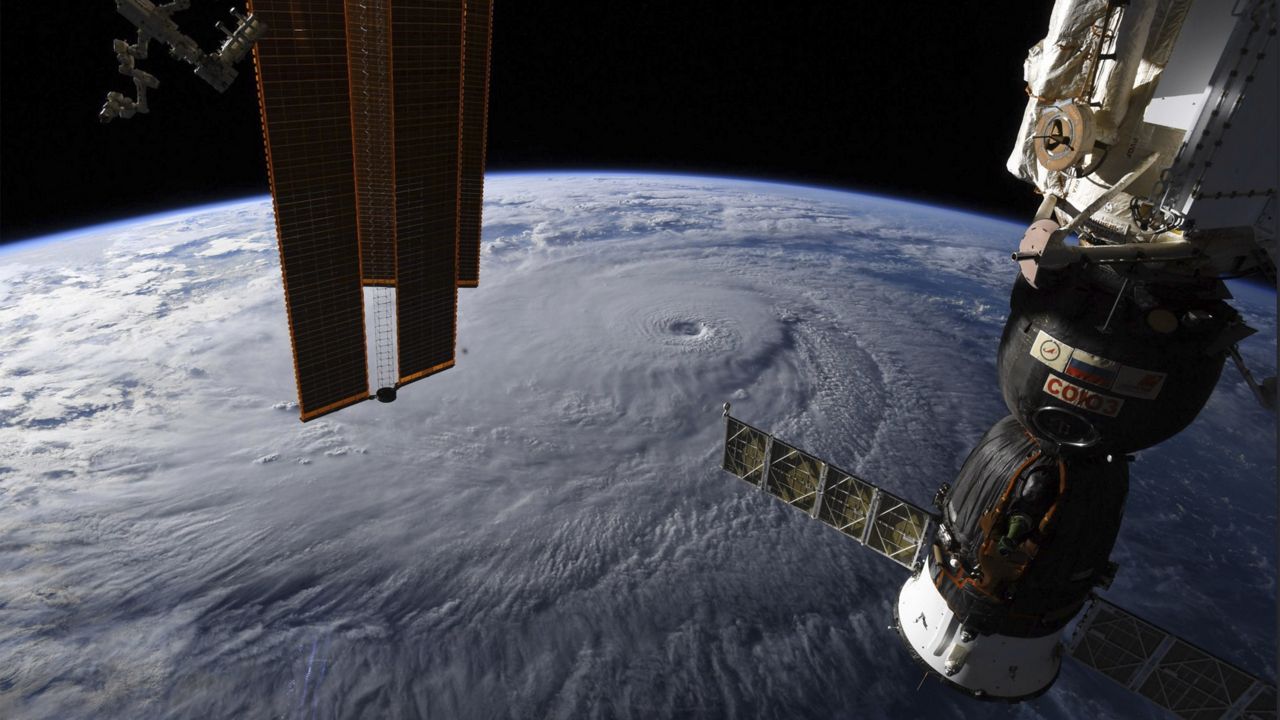While not as common as in the mainland U.S., Hawaii is no stranger to tropical systems.
Since 1950, 41 tropical systems have passed within 50 miles of Hawaii, including the smaller islands west of the primary chain. Even more were farther away, yet still affected the region.
Tropical Storm Linda weakened into a tropical depression as it passed through in Aug. 2021. In July 2020, Hurricane Douglas was a Category 1 hurricane whose center barely stayed north of Hawaii. Even so, its damage was limited and mostly came from flooding and storm surge.
Olivia crossed the chain as a weakening tropical storm in Sept. 2018, while Howard dissipated from tropical depression status on approach in Aug. 2016. A month earlier, Darby hit the Big Island as a tropical storm but weakened as it moved northwest along the islands.
In Aug. 2014, Hurricane Iselle turned to a tropical storm before making landfall on the Big Island. Flossie, in July 2013, also followed the weakening theme, become a tropical depression near Hawaii.
While storms often weaken as they get closer, that’s not always the case. Hurricane Iniki was the strongest on record to strike Hawaii, making landfall on Kauai in Sept. 1992, just three weeks after Hurricane Andrew devastated South Florida.
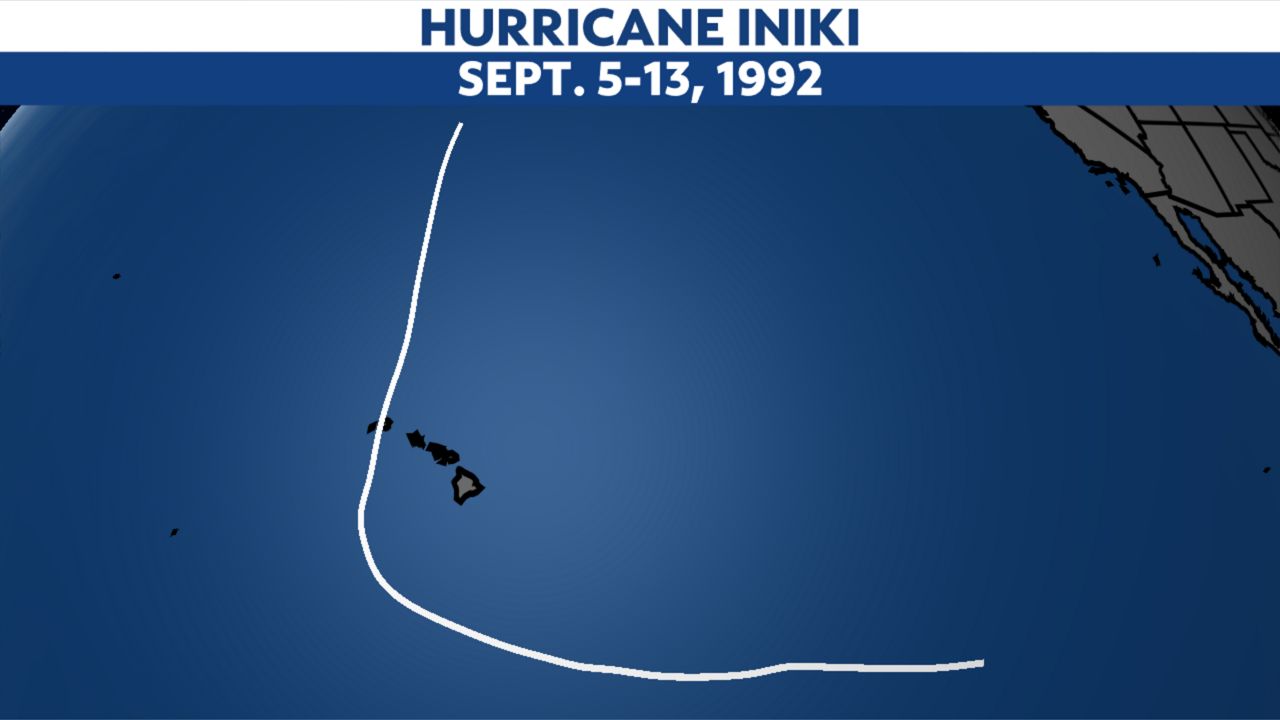
Iniki was a Category 4 with top sustained winds of 140 mph at landfall and caused over $3 billion in damage (in 1992 dollars), making it the third-costliest U.S. hurricane at the time. The storm damaged or destroyed many thousands of homes and many had no power for months. The storm also killed six people.

Fans of "Jurassic Park" might know this little tidbit: filming was wrapping up when Iniki hit, and the crew had to shelter in their hotel while it passed.
Hurricane Lane
Lane was on a path toward Hawaii in Aug. 2018 as a strong hurricane, but thankfully veered west as its winds quickly dropped. Unfortunately, it still dropped exceptionally heavy rain, especially on the Mauna Kea’s eastern slopes. Kahuna Falls got 58 inches, setting a record for the wettest tropical cyclone for the state.

In addition to the mudslides and flooding, Lane’s winds also spread wildfires, of all things. Dry winds over western Maui sparked fires, burning thousands of acres and destroying a couple dozen homes.
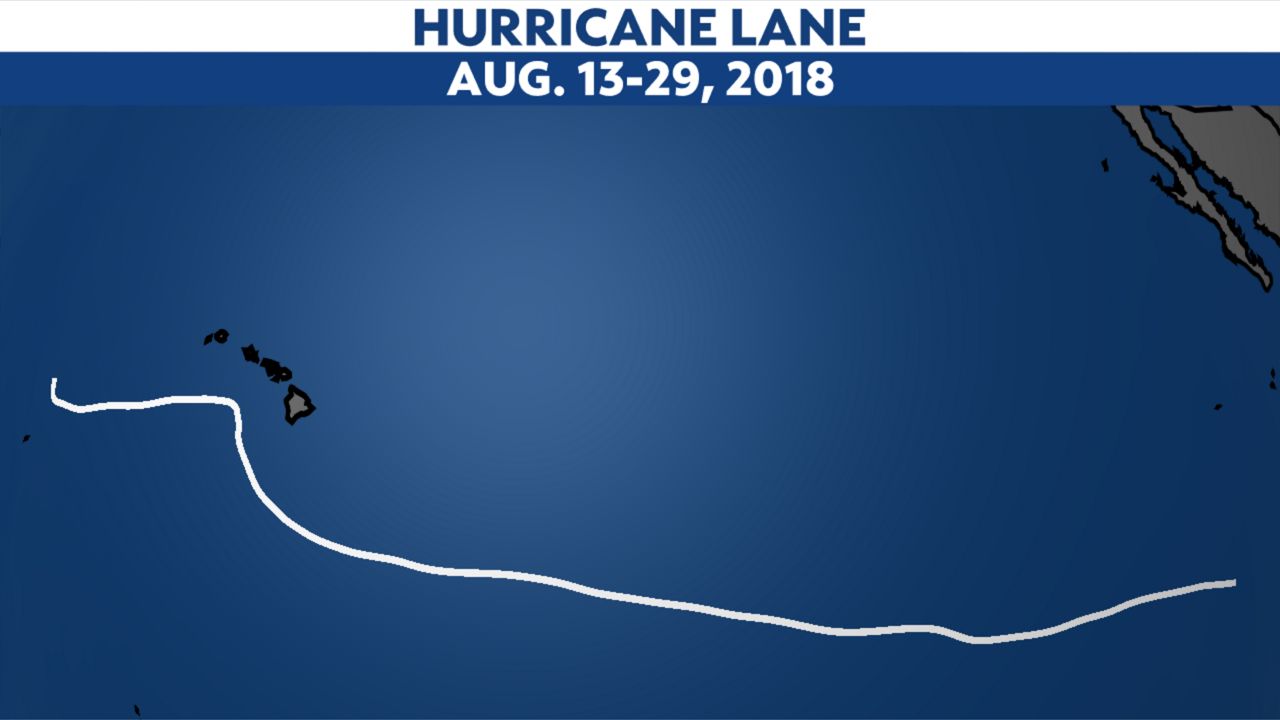
Hurricane Walaka
Walaka didn’t hit the main islands in 2018, but it did generate high surf that required dozens of rescues. It was a Category 5 at its peak and was still fierce as it passed through the French Frigate Shoals.
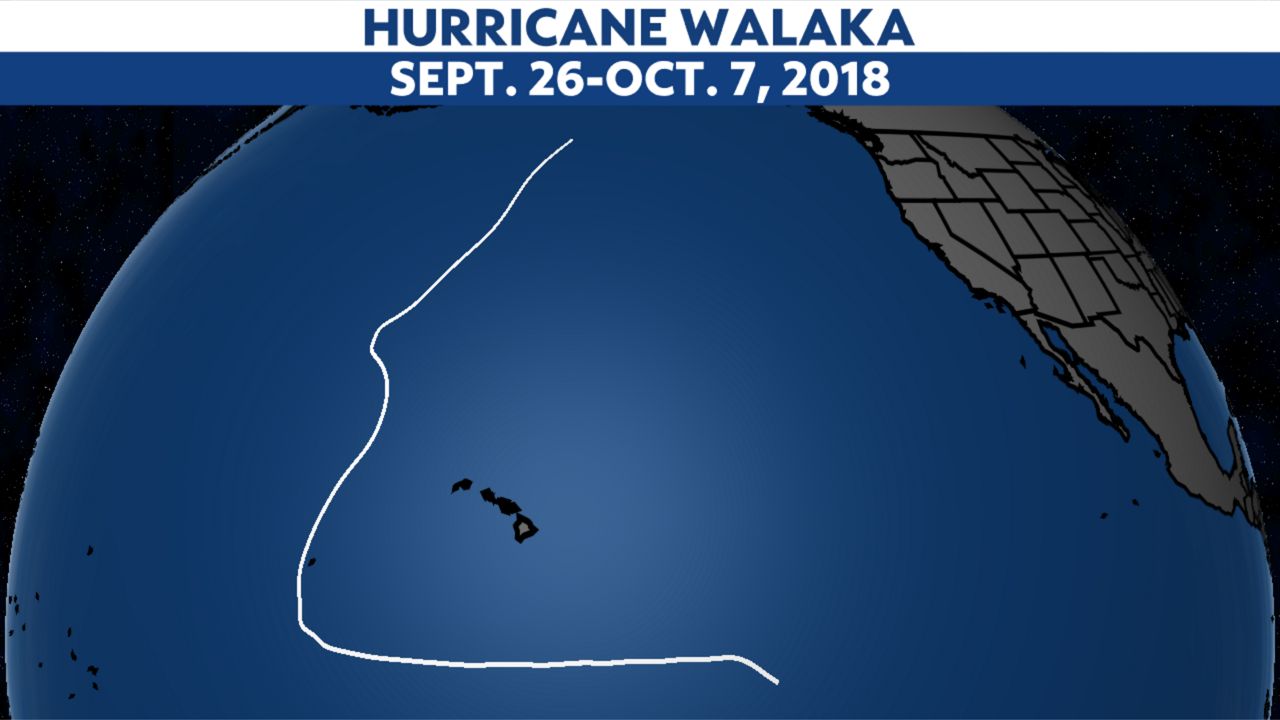
East Island, about 550 miles northwest of Honolulu, was essentially swept away. Walaka reduced it from an 11-acre island to a strip of sand 150 feet long. It was home to two endangered species: green sea turtles and Hawaiian monk seals.
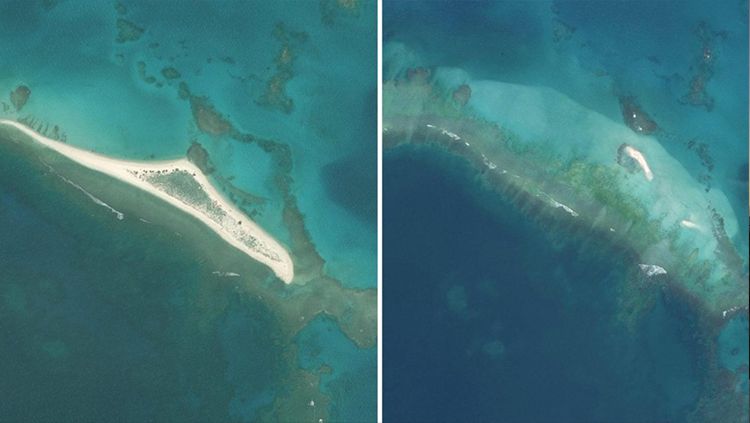
Wave-makers
Hurricane Hector (Aug. 2018), Tropical Storm Celia (July 2016) and Hurricane Fernanda (Aug. 1993) all stayed far from Hawaii. However, we know swells can travel very far, and that’s exactly what happened with these three. Large surf pounded parts of the islands, generating waves of 15 to 20 feet. They’re proof that distant storms can still bring impacts to the islands.
Our team of meteorologists dives deep into the science of weather and breaks down timely weather data and information. To view more weather and climate stories, check out our weather blogs section.



